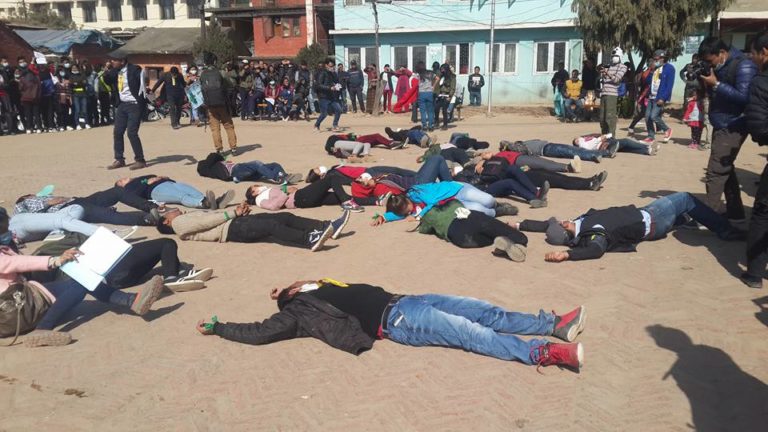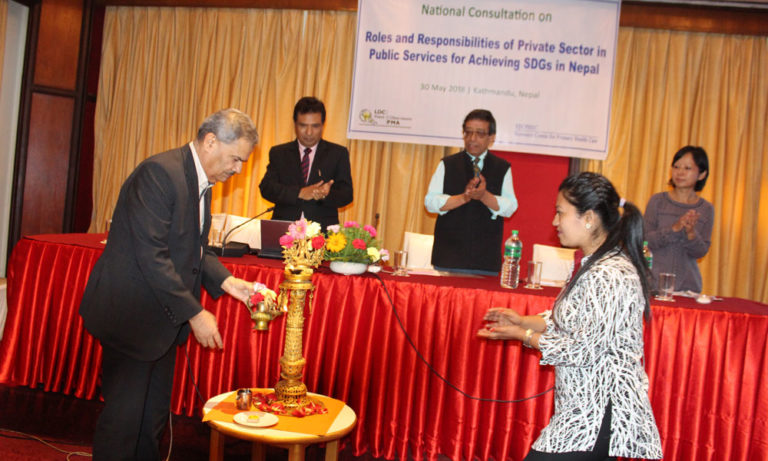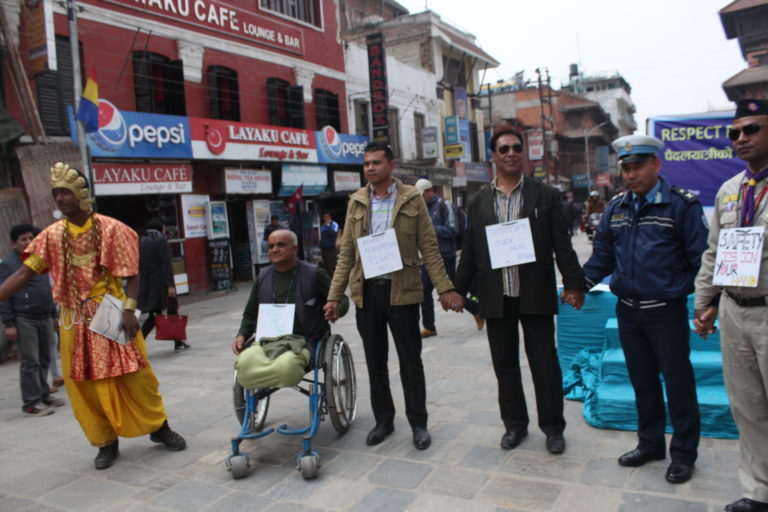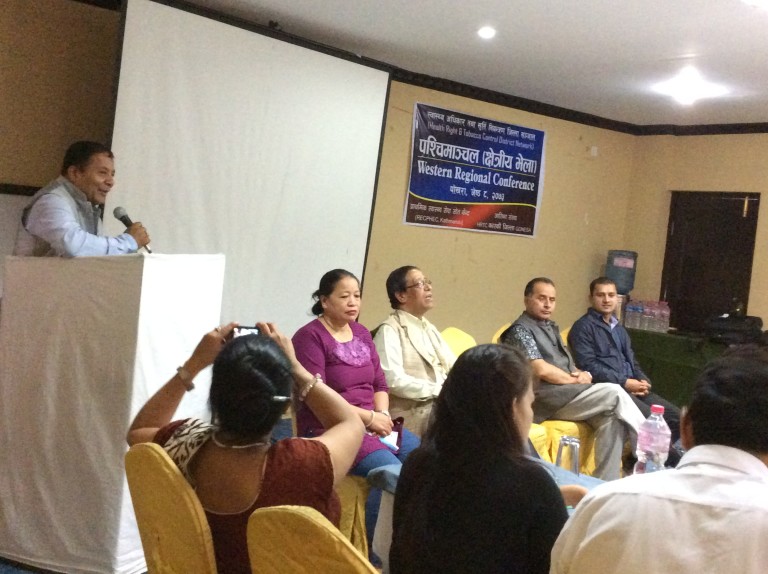Press Meet on FCTC COP 7 India
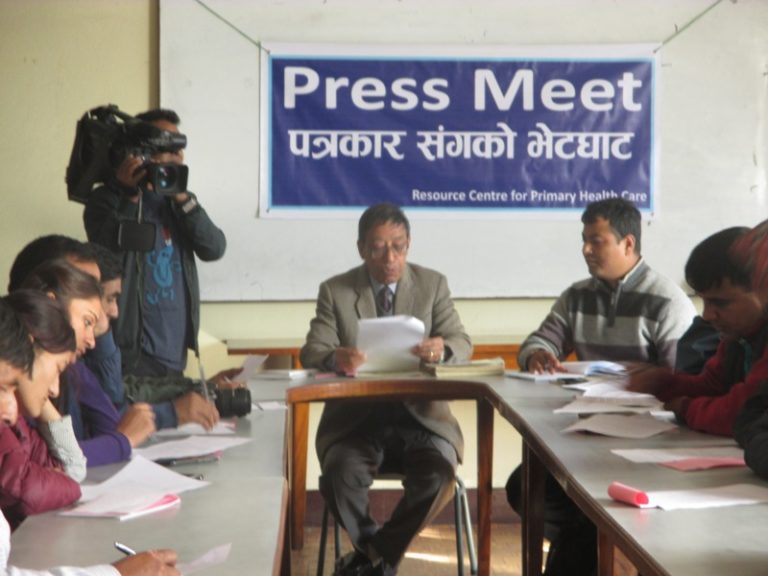
Press Meet
11th November 2016
Canadian Cancer Society has published the International Status Report on Cigarette Packaging Health Warnings during the seventh session of the Conference of Parties (COP 7) held at Noida, India from 7th till 12th November 2016. The conference is represented by WHO FCTC’s 180 parties which included government and non government organizations. According to the report there has been a tremendous progress internationally in implementing package health warnings, with many countries increasing warning size, more countries requiring pictorial warnings. Similarly according to the status report, out of 105 countries worldwide Nepal is ranked as the top most country with the largest warning requirement in the world at 90 percent package at the front and at the back. This global recognition has brought name and pride to the country. In addition in 2015 the government of Nepal was bestowed with the Bloomberg Philanthropies Award for Global Tobacco Control, an international award for setting a requirement for tobacco manufacturers, for its work in warning people about the dangers of tobacco smoke. The award was collected by the then Health Minister Mr. Khaga Raj Adhikari last year in World Conference on Tobacco or Health at Abu Dhabi.
In May 2015, the government of Nepal made it mandatory for tobacco companies to devote at least 90 percent area on product covers to pictorial health warnings depicting the hazards of tobacco consumption. However in reality the tobacco products found in Nepal do not have 90 percent pictorial warnings as instructed. While the tobacco products imported from foreign countries have 90 percent warning, the others do not follow the trend. Even the products manufactured in Nepal have still 75 percent pictorial health warnings instead of 90 percent. This shows that there has been a huge gap in implementation and monitoring from the concerned authorities.
The status report published by Canadian Cancer Society shows that Vanuatu will implement 90 percent pictorial warning in 2017. Similarly India and Thailand are tied for third requiring 85 percent pictorial warnings. India, however, has not implemented 85 percent pictorial warnings due to its legal complication. Australia, SriLanka and Uruguay are ranked 5th and 6th respectively where as Brunei, Canada, Laos and Myanmar are ranked 8th in the list. Canada was the first country to implement pictorial warnings in 2001.
Since 2001 Nepal has been actively participating in the conference. However this year there were no representatives from the government side which has raised lots of questions on Nepal’s commitment on FCTC. Mr. Shanta Lall Mulmi, Executive Director of RECPHEC, and Dr. Prakash Regmi represented civil society in this COP 7. On one hand the conference echoed the need of improving tobacco control worldwide, on the other hand absence of government representative at the conference raised a few eye browse.
In addition the tobacco industries in India are having massive campaign against WHO FCTC implementation process in the name of Tobacco Farmers and also from the retail shops. This is against the convention.
Hence, we urge the government of Nepal to strictly implement 90% of the health warnings to each and every pack of Tobacco products and take Tobacco as one of the serious “Public Health Issue”. Mr. Mulmi also asked the government to clear VAC (Voluntary Assessed Contribution) at earliest possible to WHO.

